An official account of all species that have been recorded and reported by birdwatchers and naturalists in the Poole Harbour area since records began.
The data for this list has been extracted from various sources, but George Greens 'The Birds of Dorset', Mansel-Pleydell's Birds of Dorsetshire, Naylor’s reference manual of rare birds and the back catalogue of Dorset bird reports have provided most information. Data is currently still being researched and records will be updated accordingly.
You can view this information in two different ways. Our alphabetical list provides information on the status of each species within the harbour, finder dates and names, photos and favoured locations. By clicking on the Systematic List button you will be presented the full Poole Harbour systematic list which includes status of species, pending records and historical accounts.
To date, 333 species have occurred and have been accepted within the Birds of Poole Harbour boundaries. A further 11 distinct subspecies have also been seen. In addition, we have two species/subspecies which have been recorded, but are awaiting acceptance by the appropriate records panel.
There are a handful of historical records, for which there is currently insufficient information to allow their inclusion onto the Poole Harbour list, but are believed to be genuine records. They are listed at the end of the list.
Finally, there are a number of feral or escaped species that have been recorded within the Birds of Poole Harbour boundaries. They are included for completeness, but are not included on the Poole Harbour list.
We would be interested in hearing details of any species that do not appeared on this list.
The Birds of Poole Harbour systematic list is a PDF which you can view by clicking on the button below. It was last updated on December 2019.
Full Poole Harbour Systematic List
Tawny Owl
Latin Name
Strix aluco
Status
Resident
Site And Records Information
Found throughout the harbour, recent breeding sites include Lytchett Bay, Arne, Upton CP, Upton Heath, Lytchett Minster, Stoborough, Studland and Brownsea, but this only paints a tiny picture of their true numbers around the harbour. Most calling activity begins in September and builds through the autumn and early winter. Young can frequently be heard calling from various woodlands through June and July.
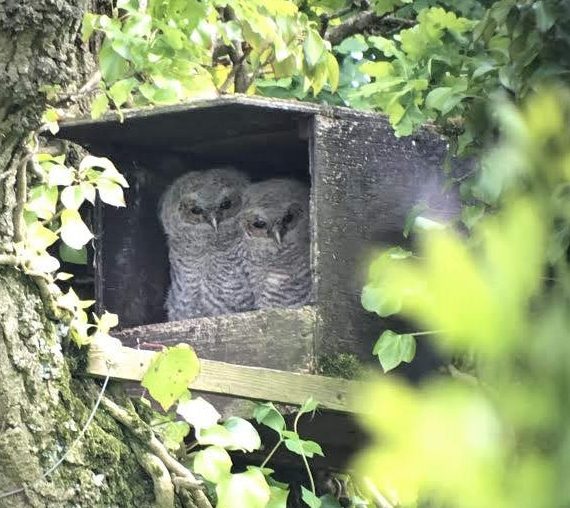
Tawny Pipit
Latin Name
Anthus campestris
Status
Vagrant
Site And Records Information
Nationally Tawny Pipit has become a much scarcer bird in the UK compared to 10 years ago. Records across Dorset are now very rare and Poole Harbour has only two records. They’re more likely to occur during August and September but there are some Dorset spring records. Learning their flight call will help identify Tawny Pipit as this is often how it gives its presence away.
1 on 6th August 2000 at Ower
1 on 14th September 2017 flew along the Brownsea quay and then the sea wall, heading towards Baiter. Calling and flying low heading north (M&M Constantine)
1 on 25th August 2019 over Hartland Moor (P.Saunders)
Teal
Latin Name
Anas crecca
Status
Resident
Site And Records Information
Teal have benefited by improved environmental standards in Holes Bay, Lytchett Bay and Hatch Pond. Over the past thirty five years things have improved beyond recognition, with visible tipping of prams, tyres and the more insidious disposal of chemicals or other local manufacturing waste that Holes Bay and Hatch Pond was notorious for completely ceasing. In 1967 for example Dixon said Holes Bay “contains very few wildfowl”, but now during the winter between 600 and 700 are regularly counted in Holes Bay alone. Overall we have between 2000 – 2500 throughout the harbour most winters with January and February being the best months. So roughly half of the Counties birds’ winter in the harbour, this having risen over the past sixty years, this is of National importance in winter. The harbour maximum is 3837 in January 2015. The average 5-year winter total population is 3265 per winter
Teal are very secretive once breeding. Any visit to Little Sea or Holes Bay around dawn in March and early April are full of the sounds of displaying Teal. What happens then is a mystery. In the county “Breeding is largely confined to the Poole Harbour area and the East Dorset Heaths” according to Prendergast and Boys and this is still the case. Teal has successfully bred on Brownsea East Lake with 6 young in 2000, and to 10 pairs bred on Studland in 1995, a pair bred on Ham Lake in 2002, at Lytchett in 1985 and on Arne in 1995. Its probably reasonable to suggest that successful breeding pairs are often missed.
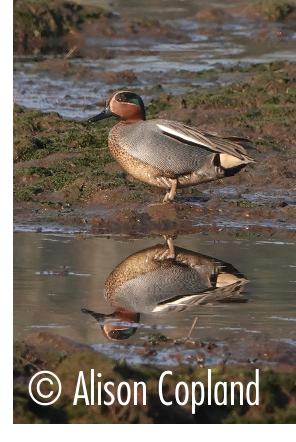
Temminck’s Stint
Latin Name
Calidris temminckii
Status
Vagrant
Site And Records Information
Should be more regular than it is with only 3 Poole Harbour records. Temminck’s Stint are an annual spring migrant in the east of the country, with c15 records per year, so all we need is an easterly air flow during May and we could see more arrive at sites like Lytchett Fields, Holton Pools, Sunnyside Pools and the Brownsea Lagoon.
1on 14th September 1995 on the Brownsea Lagoon
2 on 15th May 2004 on Swineham GP
1 on 17th May 2014 at Lytchett Bay (P.Morton)
1 on 19th & 20th May 2020 at Swineham Scrapes (P.Moore)
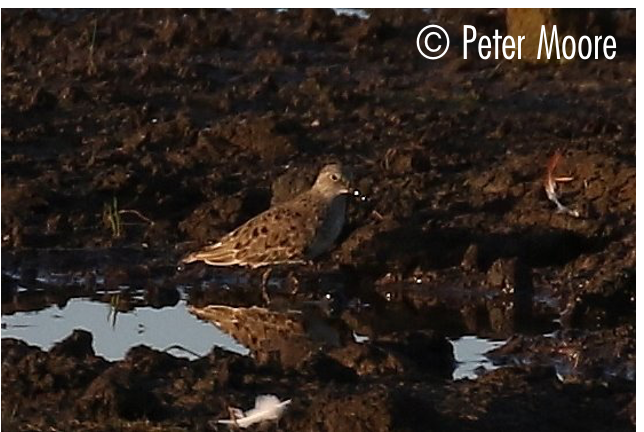
Terek Sandpiper
Latin Name
Xenus cinereus
Status
Vagrant
Site And Records Information
A much sought after bird in Dorset and Poole Harbour with only one record from 1974. This ‘funky’ looking wader would make any birders spring.
1 from 6th May to 9th May 1974 on Brownsea Island
Tree Pipit
Latin Name
Anthus trivialis
Status
Summer Visitor & Passage Migrant
Site And Records Information
Once a wide spread breeding bird, it is now very much localised to only a few sites. Arne, Stoborough, Slepe Heath, Grange and Holton Lee have all had recent breeding records. Regularly seen as an autumn passage bird as it lets out a thin high pitched ‘szeeet’ as they fly high overhead early in the morning. Being a night migrant, during peak passage in late August several hundred can fly over Poole Harbour in a single night.
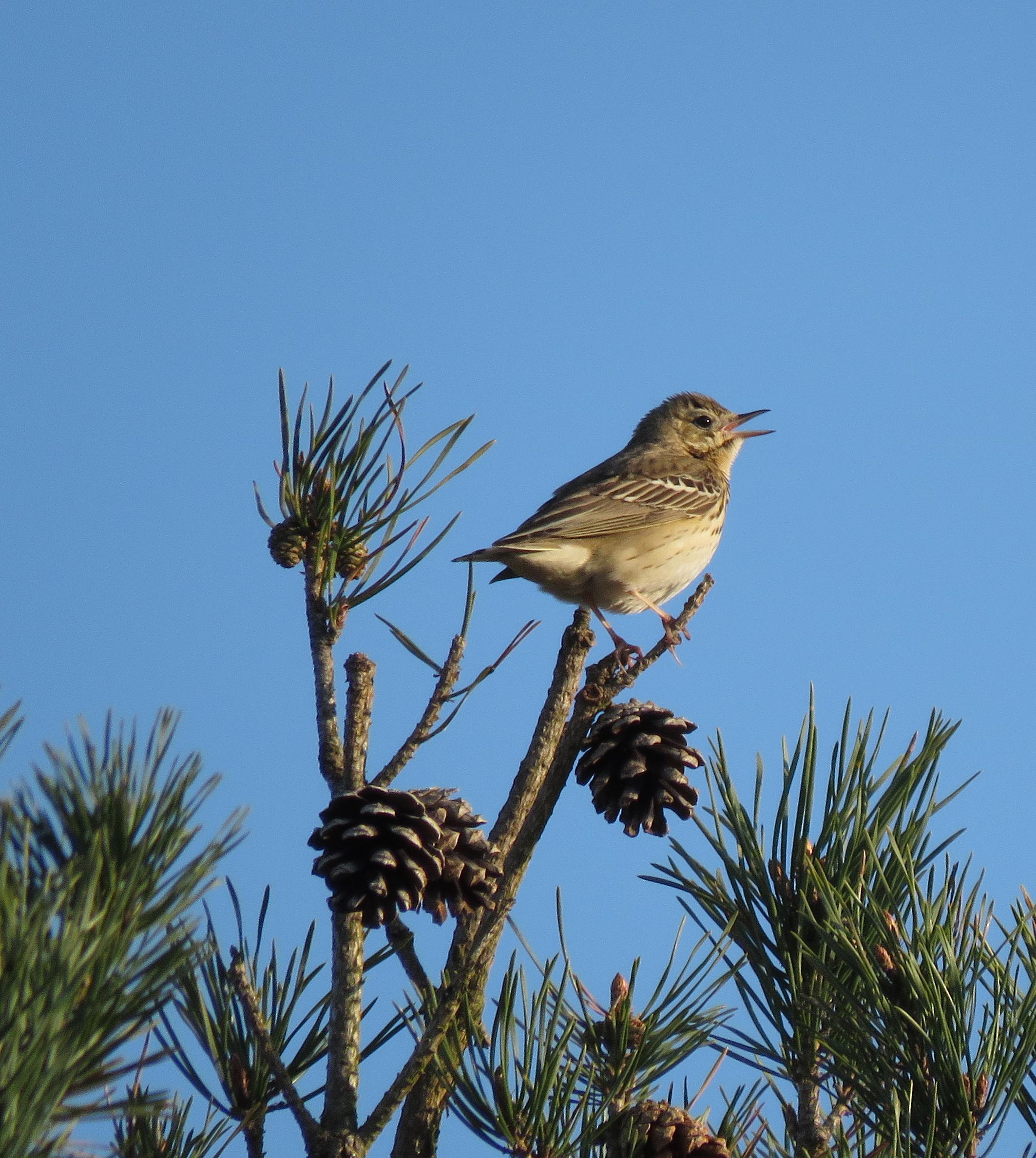
Tree Sparrow
Latin Name
Passer montanus
Status
Scarce Passage Migrant
Site And Records Information
An incredibly difficult bird to see in Poole Harbour these days. Probably best to try a good ‘vis mig’ site such as South Haven, Ballard or Glebelands. Birds have occasionally settled at sites like Studland, East Stoke and Swineham. There was a county wide influx in the early 1960’s comprising of over 100 birds within the boundaries. Sadly it’s now an extinct breeding bird in Dorset but efforts to try and restore the breeding populations will hopefully see it return within our Poole Harbour boundary. In 2023 Cirl Bunting started breeding in Dorset again Corn Bunting numbers across Dorset also increased, so do we dare to see Tree Sparrow back breeding again in Poole Harbour?
Treecreeper
Latin Name
Certhia familiaris
Status
Resident
Site And Records Information
Similar distribution to Nuthatch with Arne, Holton Lee and Upton Country Park being top spots, but anywhere with suitable mature deciduous woodland habitat will host birds. Will readily join in mixed tit flocks in autumn as they move through the woodland.
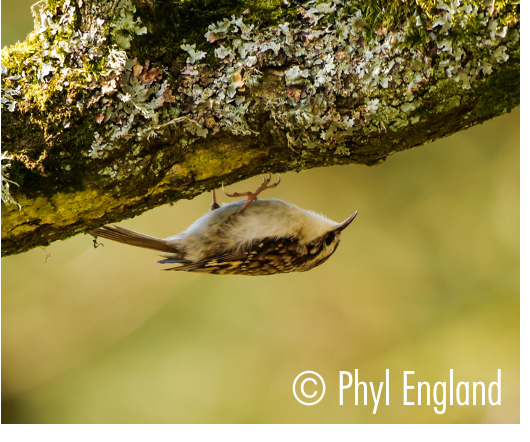
Tufted Duck
Latin Name
Aythya fuligula
Status
Resident
Site And Records Information
Along with most duck species in the harbour Tufted Duck increased over the last sixty years but has now been declining over the last decade. Around a couple of hundred birds are thought to use the harbour.
At one time flocks of 200 were present on Poole park lake in winter but this seems to have stopped, one assumes in connection with the councils policy of draining the lake for periods of time.
Obviously cold weather influxes bring the highest numbers this was particularly true for the winter of 1962/63 when an amazing 3200 were counted in the harbour on the 17th February 1963. a county record!
Recent high single place counts have been 204 in Parkstone Bay on 12th Feb 1991 and 195 in Holes Bay on 22nd Feb 1991. These totals are also probably the result of cold weather movements
First bred on Brownsea in 1970 rearing 3 young and then up to four pairs most years up to 1996. “Brownsea West Lake 1 pair with 8 young on 4th August 1996…2 young 04 any info after 96 do you think it breeds anywhere else?.
Little Sea used to have large wintering numbers, but the introduction of Carp in to the lake seems to have had an affect on duck numbers as a whole. Swineham GP, Holes Bay, Hatch Pond, Poole Park and Brownsea Lake are all reliable sites. At one time up to 200 birds could be present at Poole Park alone but sadly the current 5-year winter average is now only 74 across the harbour each winter.
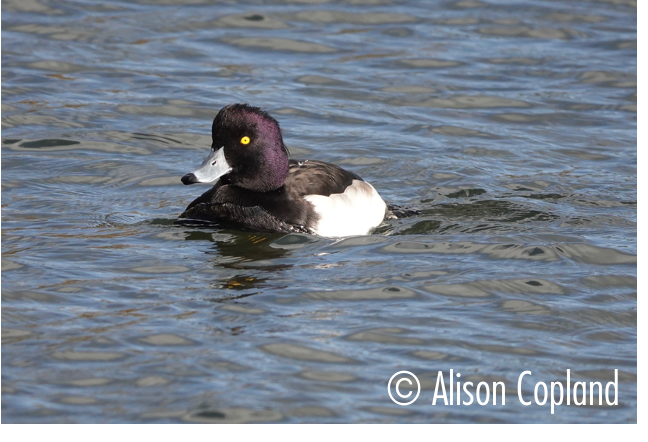
Turnstone
Latin Name
Arenaria interpres
Status
Passage Migrant & Winter Visitor
Site And Records Information
This is the only species where Baiter Beach is a main site with around 10-20 feeding throughout the winter. Can also be encountered at very close range on the Quay at Poole where they feed on bread crumbs like Sparrows! Can also be encountered on the beaches at Bramble Bush Bay, Brands Bay and at Shore Road. On spring and autumn passage they can drop in at site like Lytchett Fields and the Brownsea Lagoon where they can be seen in the summer finery.
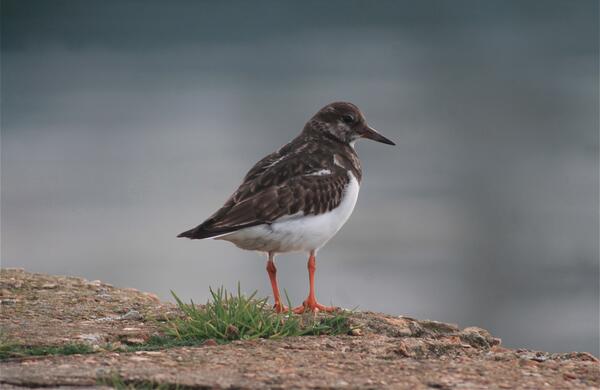
Turtle Dove
Latin Name
Streptopelia turtur
Status
Scarce Passage Migrant
Site And Records Information
Suspected to have never been common in the harbour, Turtle Dove only show up very sporadically. Ballard Down and the top of Glebelands are good historical sites. Only one definite record of breeding which came from Brownsea in 1967. They were suspected of nesting on Hartland Moor in 1979 and were singing on Studland Heath in 1972 and 1973 and at Corfe Castle in 1998.
Before Mediterranean hunting took such a toll, flocks of migrating birds could be found, 50 to 60 on Godlingston Heath on the 12th August 1962 (the harbour maximum) and 45 at Arne in 1972. Sadly nowadays, sightings are barely annual and in 2018 none were recorded at all. Intensive farming practices across the UK are also known to be a major cause of their decline.
Recent records:
1 in Studland village briefly on May 9th 2021
1 north over Turlin Moor on 4th May 2023, the first record here since 2017.
Twite
Latin Name
Carduelis flavirostris
Status
Vagrant
Site And Records Information
A very rare ‘northern’ finch, which is most likely to be seen/heard nowadays as a passage migrant in late autumn at Ballard, Glebelands or South Haven. However there are a few over-wintering records so its well worth scanning through Linnet flocks during the winter to see if you can pick out a pink-rumped Twite.
Two at South Haven on 6th January 1963 rising to three on 23rd
1 in October 1999 at Middlebere
3 in November 1983 at Lytchett Bay
Two-barred Crossbill
Latin Name
Loxia leucoptera
Status
Vagrant
Site And Records Information
A very rare vagrant that’s prone to ‘irruptions’ in the UK. There is however only 1 Poole Harbour record.
1 on 7th July 1966 at Arne
Call 01202 641 003
© 2025 Birds of Poole Harbour Registered Charity No. 1152615
